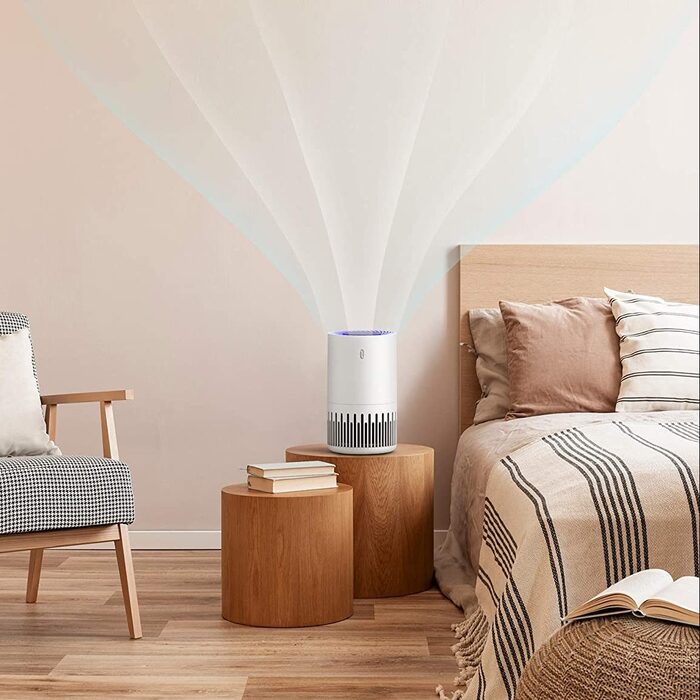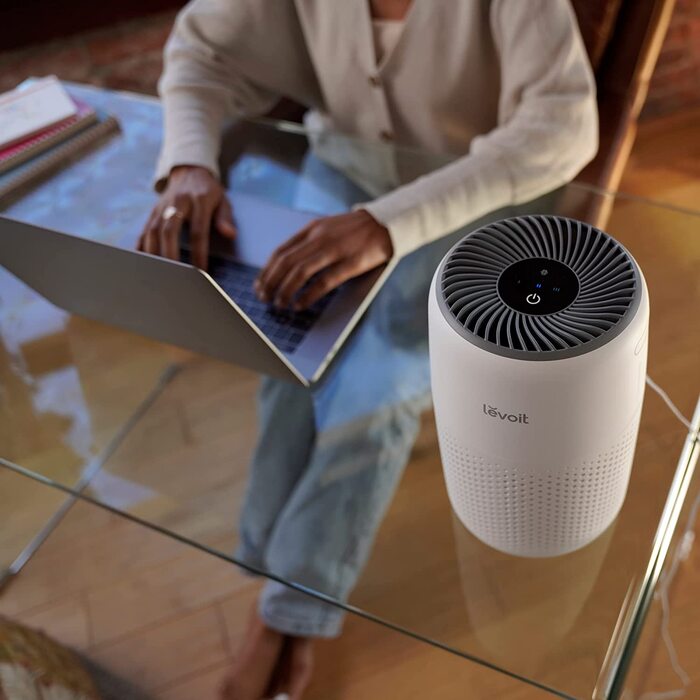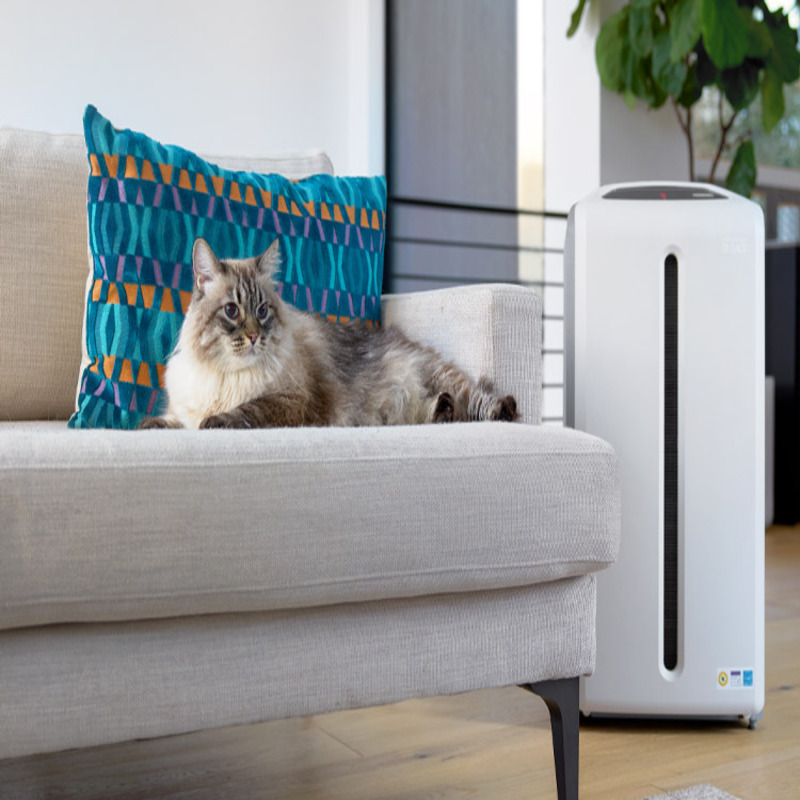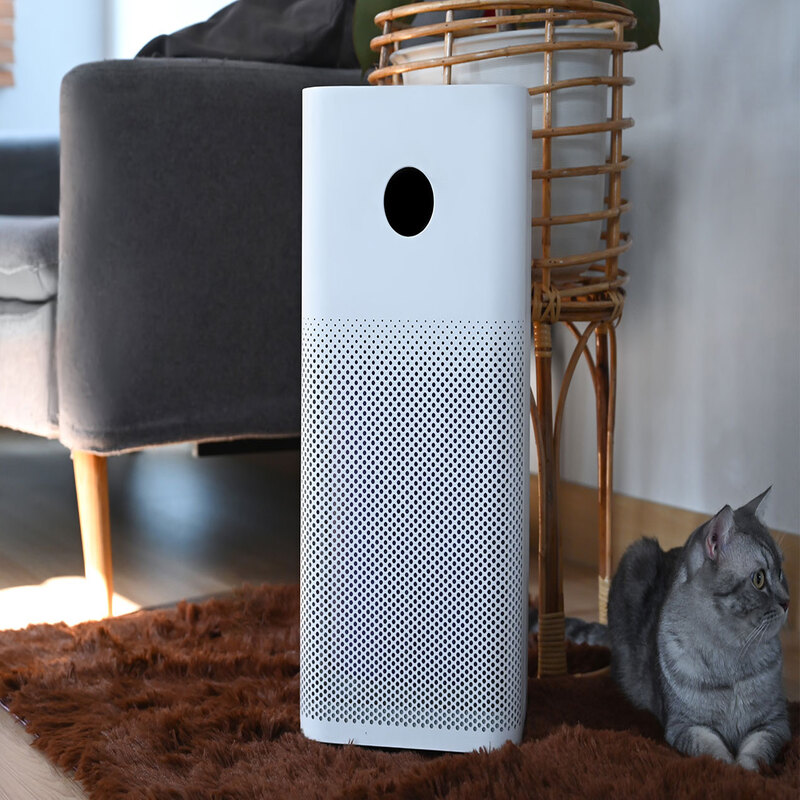Air purifiers have become essential in modern homes. They enhance indoor air quality significantly. Yet, the effectiveness of these devices largely depends on their placement. Understanding the best location to air purifier can greatly improve their performance. This article offers insights into optimal placement and considerations to ensure they function at their best.
Breathing Easy: Finding the Perfect Spot for Your Air Purifier
We all crave clean, fresh air, but achieving it indoors can be a challenge. Dust mites, pet dander, pollen, mold spores, and even volatile organic compounds (VOCs) from everyday products can contaminate the air we breathe, leading to allergies, asthma flare-ups, and other respiratory issues. Thankfully, air purifiers offer a powerful solution, actively removing these microscopic irritants and improving indoor air quality. However, simply plugging in an air purifier isn’t enough. To maximize its effectiveness and create a haven of pure, breathable air, placement is key. This comprehensive guide will delve into the intricacies of air purifier placement, ensuring you breathe easy knowing your purifier is working at peak performance.

Unveiling the Science Behind Optimal Air Purifier Placement
Before diving into specific locations, it’s crucial to grasp the fundamental principles governing air purifier effectiveness. Understanding these concepts will empower you to make informed decisions regarding placement, optimizing your purifier’s performance and maximizing its impact on your indoor air quality.
The Importance of Airflow
Imagine your air purifier as a diligent worker tirelessly cleaning a room. However, this worker can only clean the areas they can reach. This analogy highlights the critical role of airflow in air purifier performance. For optimal results, the purified air emitted by your purifier must circulate freely throughout the room, reaching every nook and cranny. Obstructing this airflow, such as placing the purifier behind furniture or in a cramped corner, significantly hinders its effectiveness, limiting its ability to cleanse the entire airspace.
The Impact of Particle Behavior
Airborne pollutants, from dust mites to pollen, exhibit distinct behaviors influencing their distribution within a room. Larger particles, like dust bunnies, tend to settle quickly due to gravity, accumulating on surfaces like floors and furniture. In contrast, finer particles, such as mold spores and pet dander, remain suspended in the air for extended periods, circulating throughout the room with air currents. This understanding of particle behavior emphasizes the need to position your air purifier strategically to intercept both settled and airborne contaminants effectively.

Strategic Positioning for Maximum Impact: Choosing the Right Spot
Armed with the knowledge of airflow and particle behavior, let’s explore specific locations in your home that offer the most strategic advantage for air purifier placement. Remember, the ideal spot may vary depending on room size, layout, and the specific pollutants you aim to target.
Bedroom: Prioritizing Sleep Quality
The bedroom deserves special attention as we spend a significant portion of our lives there, inhaling deeply during sleep.
Near the Bedside: Targeting Allergens
Positioning your air purifier near your bedside offers numerous benefits. This strategic placement creates a zone of purified air directly around your sleeping area, effectively targeting allergens like dust mites and pet dander that may accumulate in bedding and pillows. By minimizing exposure to these irritants throughout the night, you’ll wake up feeling refreshed and breathe easier, especially if you suffer from allergies or asthma.
Away from Walls: Enhancing Air Circulation
While placing your purifier near the bed is beneficial, avoid pushing it directly against the wall. This close proximity restricts airflow, hindering the purifier’s ability to draw in contaminated air effectively. Instead, aim for a distance of at least 12-18 inches from the wall, allowing for optimal air intake and facilitating the distribution of purified air throughout the bedroom.
Living Room: Creating a Breathable Oasis
The living room serves as a central gathering space in most homes, making it a prime target for air purification.
Strategically Placed for High Traffic: Addressing Multiple Contaminants
Consider the flow of traffic and the location of potential pollutant sources when placing your air purifier in the living room. If your living room features a fireplace, positioning the purifier nearby can effectively capture smoke particles and reduce indoor air pollution. Similarly, if your family spends considerable time gathered around the sofa, placing the purifier nearby can target allergens and pet dander that accumulate in upholstery.
Optimizing Circulation: Leveraging Corners
While placing an air purifier in a corner might seem counterintuitive, it can actually enhance circulation in certain instances. The corner placement utilizes natural air currents, directing purified air along the walls and back into the center of the room, creating a more comprehensive cleaning effect. However, ensure the corner chosen doesn’t obstruct airflow or trap the purifier behind furniture, hindering its performance.
Kitchen: Combating Cooking Odors and Pollutants
The kitchen, while a culinary haven, can harbor a cocktail of airborne pollutants. From cooking fumes and odors to smoke and grease particles, these contaminants can linger long after the meal is over, impacting indoor air quality.
Near Cooking Surfaces: Targeting Grease and Odors
Positioning your air purifier near your stovetop or oven proves particularly effective in combatting cooking-related pollutants. The purifier’s filters can effectively trap grease particles and absorb odors, preventing them from permeating your home and clinging to surfaces. This strategic placement creates a cleaner, fresher kitchen environment, minimizing the impact of cooking emissions on your indoor air quality.
Away from Direct Heat and Moisture: Protecting Your Purifier
While proximity to cooking surfaces is beneficial, avoid placing your air purifier directly above the stovetop or in areas exposed to excessive heat or moisture. These conditions can damage the purifier’s delicate internal components, potentially compromising its performance and lifespan. Choose a nearby location that offers adequate ventilation and avoids direct exposure to heat and moisture.

Bathroom Placement: Combating Humidity and Odors
Bathrooms often suffer from high moisture levels and unique odors. An air purifier can effectively address these issues. Proper placement in bathrooms can help tackle moisture, preventing mold growth.
Near the Shower or Bathtub
One suitable location is near the shower or bathtub. High humidity often concentrates in these areas, making purification essential. An air purifier positioned here tackles moisture and any associated odors. Consequently, this placement fosters a healthier bathroom environment.
Close to the Toilet
Another practical location is near the toilet. Excessive moisture and odors can linger in this area. Therefore, placing an air purifier nearby can help mitigate unpleasant smells. This strategy promotes a more agreeable atmosphere in the bathroom.
Fine-tuning Placement for Enhanced Performance
Once you’ve chosen the best location for air purifier based on room type and pollutant concerns, fine-tuning your air purifier’s placement can further optimize its effectiveness. Consider these additional factors:
- Height: Experiment with different heights to determine the optimal position for your air purifier. While some models perform best at floor level, others might be more effective when placed on a table or shelf. Refer to your purifier’s user manual for specific recommendations.
- Proximity to Windows and Doors: Placing your air purifier near windows and doors, particularly during seasons with high pollen counts or poor outdoor air quality, can help capture incoming pollutants before they circulate throughout your home. However, keep in mind that drafts can also affect airflow and purifier performance, so monitor and adjust positioning as needed.
- Furniture Placement: Avoid obstructing your air purifier’s intake and exhaust vents with furniture, curtains, or other objects. These obstructions can restrict airflow and hinder the purifier’s ability to circulate clean air effectively.
- Regular Cleaning and Maintenance: Remember that even the most strategically placed air purifier requires regular cleaning and maintenance to function at its best. Refer to your purifier’s user manual for specific cleaning instructions and filter replacement schedules.
Conclusion
By following these placement guidelines and fine-tuning based on your home’s unique layout and needs, you can maximize your air purifier’s effectiveness, creating a haven of clean, fresh, and breathable air for you and your loved ones.





